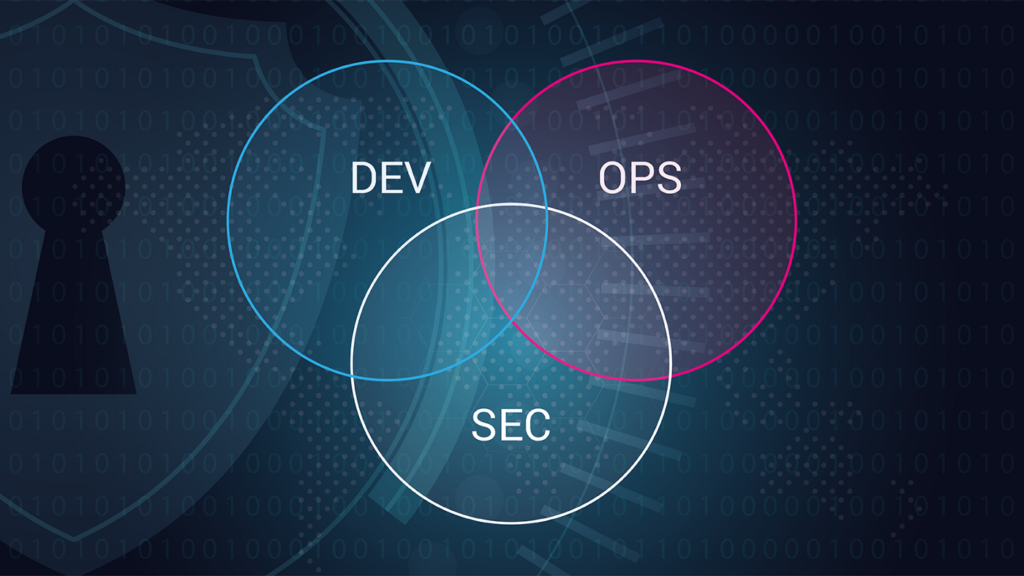Introduction:
Security integration in DevOps (often referred to as DevSecOps) is becoming increasingly important as agile methodologies continue to change the lifecycle of software. The goal of DevSecOps is not to gain advantage at the end of the production process, but to include security measures at the beginning and throughout the production process. Security breaches can lead to significant breaches, impact customer trust and confidence, and potentially cost organizations billions of dollars. This blog shows how effective security testing and DevOps integration are in today’s digital environment.
Learn about DevSecOps:
DevSecOps emphasizes the importance of security in the software development lifecycle (SDLC). By integrating security measures into DevOps pipelines, teams can investigate and address security risks before deployment, eliminating the hassle of remediation after delivery. Integrating security assessment with DevOps allows developers, operations teams, and security teams to collaborate more effectively and share security responsibility.
Benefits of integrating security measures with DevOps:
Early detection and mitigation of risk: Integrating security measures into the early stages of SDLC allows teams to detect and remediate potential threats and vulnerabilities in their early stages. This allows developers to fix vulnerabilities as they arise, making the software more secure.
Budgeting: Post-production and distribution solutions are expensive matters. Early detection of vulnerabilities in DevOps pipelines can reduce expenses and remediation costs associated with leaks.
Improve compliance: DevSecOps ensures compliance processes. Security audits and technical audits help ensure regulatory compliance, simplify the work of audit and compliance teams, and reduce the risk of non-compliance with penalties.
Improved collaboration: DevSecOps encourages collaboration between developers, operations teams, and security teams by supporting security collaboration. This leads to the development of better products through sharing skills and knowledge.
Bring security to DevOps:
Security testing should be part of the DevOps pipeline and automated wherever possible. Here are some ideas:
Code Analysis: Static Application Security Testing (SAST) and Dynamic Application Security Testing (DAST) can help identify vulnerabilities in code even before it is executed. Automating these tests as part of your CI/CD pipeline will ensure the security of the software.
Security rules: Security rules should be introduced as part of the software code, vulnerabilities should be scanned, and the rules should be followed during software development.
Configuration management: Tools for monitoring configuration can track and manage changes to ensure they comply with security procedures, reducing the risk of security breaches.
Training and awareness: Developers and project teams should be trained in secure coding practices to reduce the risk of unintentional security breaches.
Conclusion:
The frequency and impact of cyber threats today require security measures to be taken at all stages of SDLC. Integrating security measures with DevOps is no longer an option, but an essential part of developing good and secure software. Effective DevSecOps not only helps organizations deliver better, more secure software faster, but also fosters a collaborative security culture, making the world a safer place.

